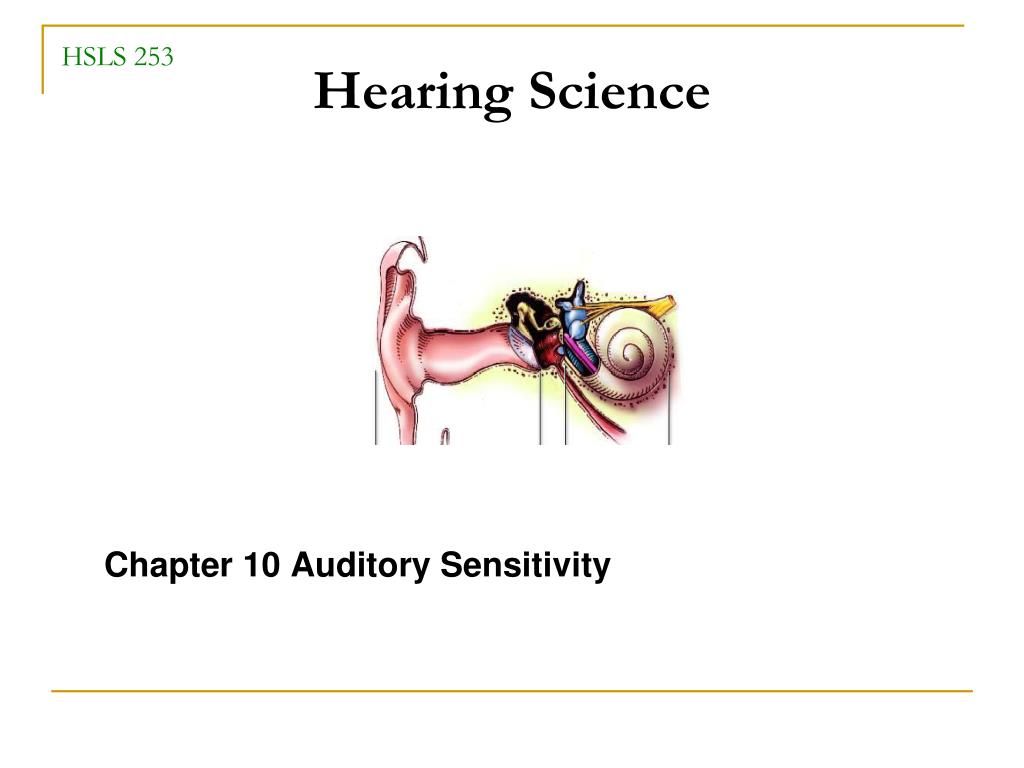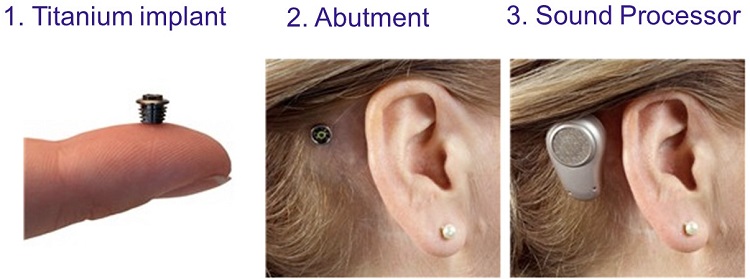

The chapter then briefly describes how principles of auditory training have been applied to the design of a computer-assisted auditory training program that helps medical students and physicians develop a better mastery of the auditory skills necessary for differentiating between innocent and pathological heart murmurs. First, research supporting auditory training efficacy for enhancing sound perception in people with and without hearing loss is reviewed, followed by a discussion of some of the auditory training strategies that are believed to promote auditory learning. This chapter explains how auditory training techniques may be adapted to help medical students and physicians improve their listening skills for heart auscultation. It emphasizes the development of listening skills to improve the recognition and interpretation of speech sounds despite limited hearing ability. Auscultation Teaching Devices and Materials by John FinleyĪuditory training is an intervention method used in rehabilitative audiology that aims to help individuals with hearing loss use their residual hearing maximally. Vocalization and Imitation in Learning Sound Recognition by John Finley Recommended Curricula for Teaching Heart Sounds Auscultation by John Finley, Michael Barrett & Andrew Mackie Heart Sounds Auscultation: Learning from the Nursing Perspective by Nancy ONeill Technical Aspects of Effective Teaching of Auscultation by Brian Hoyt, John Finley Music at the Heart of the Matter by Robert Ellis An Auditory Training Program for the Recognition of Innocent and Pathological Heart Murmurs by Rachel Caissie, John Finley and Pam Nicol Auditory Training: From Speech Sounds to Heart Sounds by Rachel Caissie The Power of Repetition in Mastering Cardiac Auscultation by Michael Barrett, Matthew W. Assessment of Performance of Auscultation by John Finley Auscultation: A Review of Teaching Methods by Andrew S. Teaching Heart Sounds to Health Professionals by Douglas Roy Auscultation Teaching Devices and Materials John Finley Vocalization and Imitation in Learning Sound Recognition John Finley Recommended Curricula for Teaching Heart Sounds Auscultation John Finley, Michael Barrett, Andrew Mackie Heart Sounds Auscultation: Learning from the Nursing Perspective Nancy ONeill Technical Aspects of Effective Teaching of Auscultation Brian Hoyt, John Finley Music at the Heart of the Matter Robert Ellis An Auditory Training Program for the Recognition of Innocent and Pathological Heart Murmurs Rachel Caissie, John Finley, Pam Nicol Auditory Training: From Speech Sounds to Heart Sounds Rachel Caissie The Power of Repetition in Mastering Cardiac Auscultation Michael Barrett, Matthew W.

Assessment of Performance of Auscultation John Finley Auscultation: A Review of Teaching Methods Andrew S. Teaching Heart Sounds to Health Professionals Douglas Roy

Treatment of aural atresia and associated auditory canal stenosis may involve the use of amplification devices such as hearing aids, bone-conducting or bone-anchored hearing devices, or surgical correction. Patients with stenosis of the auditory canal have a chance of developing cholesteatoma since the ear’s self-cleaning mechanism is affected. (Auditory canal stenosis is occasionally a result of chronic inflammation, radiation therapy, trauma to the ear, or poor healing of the ear canal post surgery.) One or both ears can be affected. When congenital, it can be concurrent with aural atresia due to malformations of the external or middle ear. Stenosis of the auditory canal is the term used to describe ear canal narrowing and is congenital or, occasionally, acquired. Patients with aural atresia typically have normal inner ears and auditory nerves.

Together, these abnormalities result in conductive hearing loss, a type of hearing loss stemming from the physical inability of sound to pass through the outer and/or middle ear. Other developmental abnormalities of the external and middle ear are common with aural atresia. Typically, patients are affected in one ear but sometimes both ears can be affected. Auditory canal or aural atresia is a congenital condition involving an abnormal development of the external auditory canal and outer ear.


 0 kommentar(er)
0 kommentar(er)
